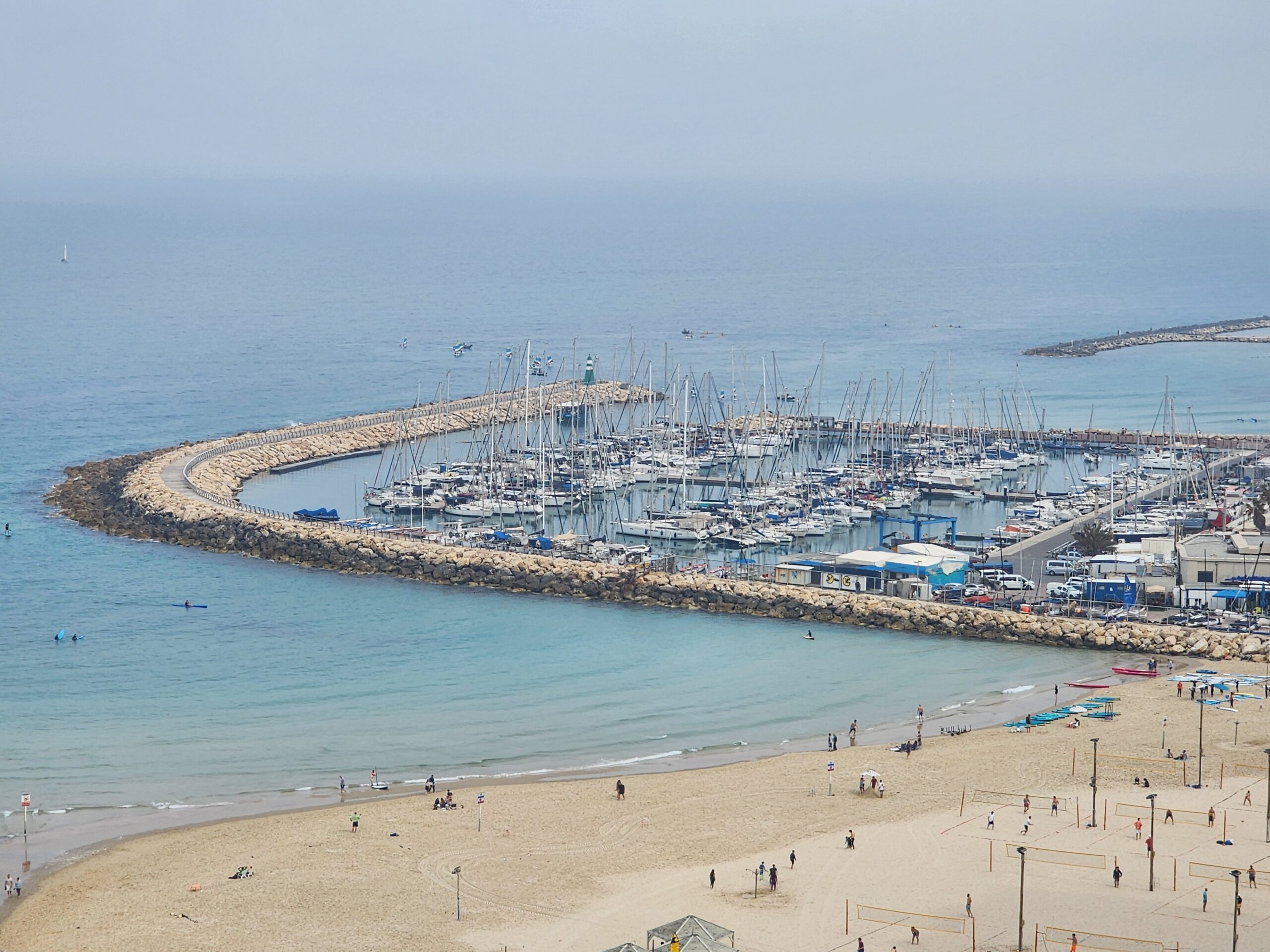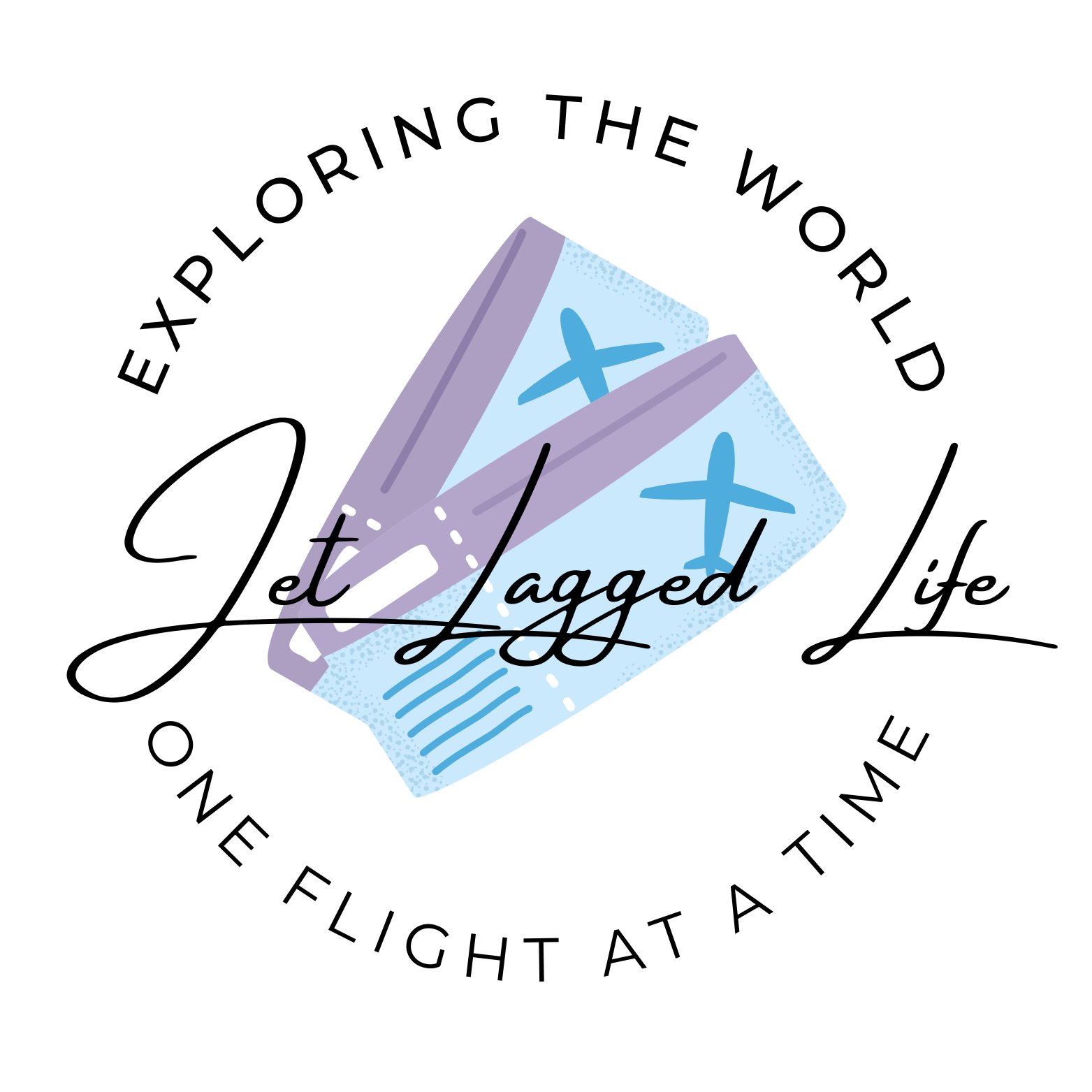If you’ve ever thought about starting your own blog, 2025 is the perfect time to dive in! Blogging continues to be one of the best ways to share your passions, expertise, or experiences with the world. Whether you’re looking to start a personal blog, a business blog, or even a niche blog on a specific topic, the opportunities are endless.
I remember when I first started my blog, feeling both excited and overwhelmed by all the choices out there. But once I broke down the steps and took it one step at a time, I realized it wasn’t as complicated as I had originally thought. So if you’re ready to share your voice with the world, here’s my simple guide to get you started with blogging in 2025.
1. Choose Your Blog’s Purpose and Niche
Before diving into the technical side, it’s crucial to figure out why you want to start a blog and what you’ll be writing about. Your blog should have a clear purpose that resonates with both you and your target audience.
Think about the topics you’re passionate about, or areas where you have expertise. Are you an avid traveler sharing your adventures, like myself? Or a tech enthusiast reviewing gadgets and apps? Or perhaps a foodie sharing recipes and culinary tips? The more focused your niche, the easier it will be to attract a dedicated audience. In 2025, niche blogs that provide value, offer expert insights, or share unique experiences tend to stand out the most.
Tip: Keep your audience in mind when choosing your niche. Who do you want to write for? What problems can you solve for them? Answering these questions will guide your content creation.
2. Pick a Blogging Platform
Once you’ve got your niche nailed down, it’s time to choose the platform where you’ll host your blog. There are many options out there, but two of the most popular in 2025 are WordPress and Squarespace.
WordPress.org: This self-hosted platform is the most flexible and widely used for serious bloggers. It requires a hosting provider, but it gives you complete control over your blog’s design, features, and monetization options.
Squarespace: For those who prefer an easier, all-in-one solution, Squarespace is great for beginners. It’s intuitive, visually stunning, and takes care of hosting and design for you.
I personally started on WordPress because I wanted full customization and control over my blog’s growth. But Squarespace might be the right choice if you want to get your blog up and running with minimal technical setup.
3. Pick a Domain Name and Hosting Provider
Choosing a domain name is one of the most exciting parts of starting a blog, as it’s your personal address on the web. Ideally, your domain name should be memorable, easy to spell, and reflect the topic or theme of your blog.
Once you’ve chosen a name, you’ll need a hosting provider to keep your blog live on the internet. If you’re using WordPress, companies like Bluehost, SiteGround, and WP Engine offer excellent hosting options. They often have affordable plans with one-click WordPress installs, making the process easier than ever.
Tip: If you’re unsure about the name, use a tool like Namecheap or Google Domains to see if your preferred domain is available.
4. Design Your Blog
A great design is key to keeping visitors on your site. While blogging is all about content, you also want your readers to feel comfortable navigating your site. Fortunately, both WordPress and Squarespace offer a wide range of templates that are customizable and mobile-friendly.
In 2025, user experience (UX) is more important than ever, so keep things simple, clean, and easy to navigate. Choose a layout that highlights your content and reflects your personal style. You don’t need to be a designer to make your blog look professional, but ensuring it’s visually appealing and user-friendly will make all the difference.
Tip: Focus on good typography, plenty of white space, and mobile optimization—since a significant amount of readers will be accessing your blog from mobile devices.
5. Start Creating Content
Now that your blog is set up, it’s time to create content! As a new blogger, I initially struggled with how often to post and what topics to write about. But I found that consistency and passion are key. Start with a few core posts that explain who you are and what your blog is about.
Some content ideas for beginners include:
Introductory posts (tell your story, why you’re blogging, etc.)
How-to guides or tutorials in your niche
Listicles (like “Top 10 Tips for X”)
Personal stories or travel diaries if you’re sharing experiences
Product reviews or recommendations, especially if you’re looking to monetize later on.
Once you’ve written your first few posts, aim to stick to a regular publishing schedule. Whether it’s once a week or once a month, consistency helps build an audience.
Tip: Don’t worry about being perfect right away—your voice will evolve as you blog more. The important thing is to start and keep improving.
6. Promote Your Blog
Now that you have some great content, you’ll want to start promoting your blog. Social media is an excellent way to share your posts with the world. Platforms like Instagram, Twitter, and Pinterest are fantastic for reaching new readers and building your audience.
In 2025, you should also consider SEO (search engine optimization) to help your blog rank higher in Google search results. Basic SEO practices—like using relevant keywords, optimizing images, and writing descriptive titles—will help more people find your blog organically.
Another great way to promote your blog is by networking with other bloggers in your niche. Guest posting, commenting on other blogs, and collaborating on projects can increase your visibility and grow your readership.
Tip: Don’t be afraid to experiment with different social media platforms to see where your audience is hanging out most. Each platform has its unique audience, and finding the right one for your blog can make a huge difference.
7. Monetize Your Blog (When You’re Ready)
Many new bloggers are eager to monetize their blogs, but I recommend focusing on building great content and a loyal audience first. Once you have a solid readership, you can explore different monetization strategies like:
Affiliate marketing (promoting products and earning a commission on sales)
Sponsored posts (working with brands to promote their products)
Selling digital products (ebooks, courses, printables, etc.)
Ad networks (like Google AdSense or Mediavine)
In 2025, the key to successful blogging is creating value for your readers first, then exploring ways to monetize once you have a consistent flow of traffic.
Final Thoughts
Starting a blog in 2025 is easier than ever with all the tools and resources available. By following these steps, you can begin sharing your ideas, experiences, and expertise with the world. It takes time and dedication, but the rewards are worth it—both personally and professionally.
So, whether you’re blogging for fun, to build a brand, or to create a business, take the leap and start your own blog today. The world is waiting for your voice!
This post may contain affiliate links which means I may receive a commission if you click or purchase through the links. I will only recommend products I use myself. Learn more on my Disclaimer Page.

















